After Apple removed the audio jack from the iPhone, many other manufacturers picked up on this controversial decision. First, the minijack began to be removed from the flagship lines, occasionally providing an alternative with USB Type-C, and then the headphone jack went under the knife in mid-budget models as well.
Today, the majority of smartphones with a 3.5mm connector are mid-range or low-end devices. Fortunately, not all companies have followed the bad example. So if you want a high-performance smartphone to which you can easily connect standard wired headphones, this selection should interest you.
ASUS Zenfone 8
From $584


- Display: 5.9″, AMOLED, 1080×2400, 120 Hz.
- Chipset: Qualcomm Snapdragon 888.
- Memory: 8/128GB, 8/256GB, 16/256GB.
- Cameras: main 64MP (f/1.8) + wide-angle 12MP (f/2.2).
The smartphone stands out not only for the presence of an audio jack but also for its modest size—with a screen diagonal of 5.9″, its width is less than 69 mm, its height – 148 mm, and its thickness – less than 9 mm. The price of compactness is a small battery capacity (4000 mAh). All other characteristics are fully flagship-top-end processor, high screen refresh rate (120 Hz), 16 GB of RAM in the maximum version, high-quality main and wide-angle cameras, and IP68 protection.
Realme 9 Pro+
From $309


- Display: 6.4″, AMOLED, 1080×2400, 90 Hz.
- Chipset: MediaTek Dimensity 920.
- Memory: 6/128, 8/128, 8/256GB.
- Cameras: main 50MP (f/1.8) + wide-angle 8MP (f/2.2) + macro 2MP (f/2.4).
It is a very interesting smartphone that changes its color under sunlight. On the plus side, there is a very cool flagship level main camera with optical stabilization, a non-shrinking processor, a beautiful screen, fast charging and NFC. disadvantages—a big frame under the display and the unavailability of any protection against water and dust. On the whole, we get quite a balanced device, even a bit “out of its class”.
OnePlus Nord CE 2 5G
From $259
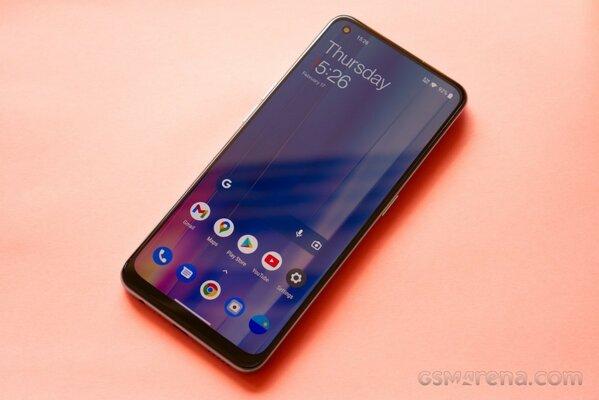

- Display: 6.43″, AMOLED, 1080×2400, 90 Hz.
- Chipset: MediaTek Dimensity 900.
- Memory: 6/128GB, 8/128GB.
- Cameras: main 64MP (f/1.8) + wide-angle 8MP (f/2.2) + macro 2MP (f/2.4).
Quite a new mid-budget device with everything you need: a light and fast shell, reminiscent of “pure” Android, a high-quality and smooth screen with fingerprint scanner, a good main camera, NFC, Wi-Fi 6. You can complain about the relatively wide “chin,” secondary design, and lack of water protection, but the price completely negates these shortcomings.
ASUS ROG Phone 5
From $588


- Display: 6.78″, AMOLED, 1080×2400, 144 Hz.
- Chipset: Qualcomm Snapdragon 888.
- Memory: 8/128, 12/128, 12/256, 16/256GB.
- Cameras: main 64MP (f/1.8) + wide-angle 13MP (f/2.4) + macro 5MP (f/2.0).
For better or worse, gaming smartphones are probably the only category of devices that still have the mini-jack. One of them is the ASUS ROG Phone 5th generation, which in addition to the flagship chipset, 144Hz screen and touch-sensitive “trigger”, has many more gaming tricks, from the second USB Type-C port on the left edge, which allows charging the smartphone while playing, and LEDs on the back to a variety of accessories (cooler, removable gamepad, and even an external screen). The rest of the characteristics correspond, although the camera is inferior to many competitors, and the size of the device is not small, as is its weight.
Realme GT Master Edition
From $279.99
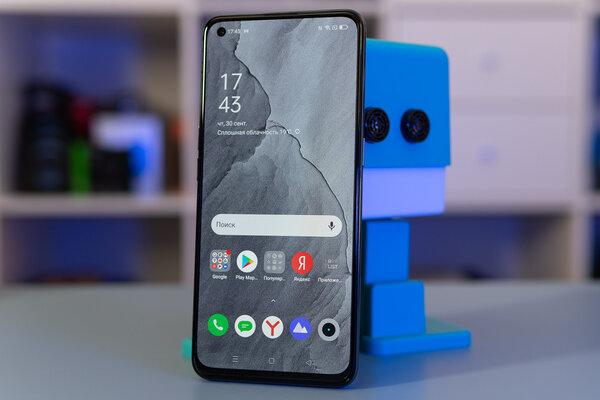
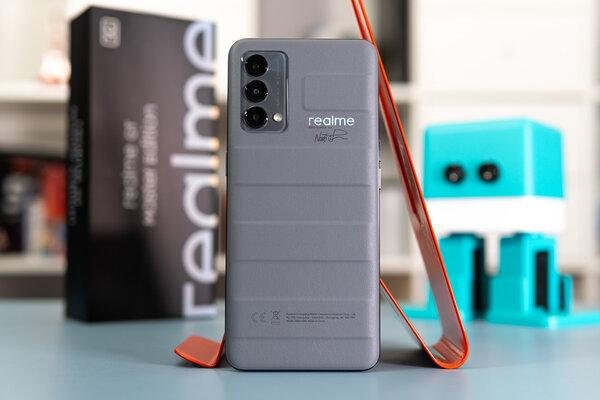
- Display: 6.43″, AMOLED, 1080×2400, 120 Hz.
- Chipset: Qualcomm Snapdragon 778G.
- Memory: 6/128, 8/128, 8/256GB.
- Cameras: main 64MP (f/1.8) + wide-angle 8MP (f/2.2) + macro 2MP (f/2.4).
Another Realme smartphone with an optimal price/performance ratio. Qualcomm Snapdragon pre-flagship chipset, AMOLED screen with 120 Hz refresh rate, good main and front cameras, fast charging (65 W), though not the most capacious battery (4300 mAh), NFC. The unusual ribbed design of some versions makes the device stand out among the competitors. There is nothing similar in this class.
Sony Xperia 1 IV
From $999.99
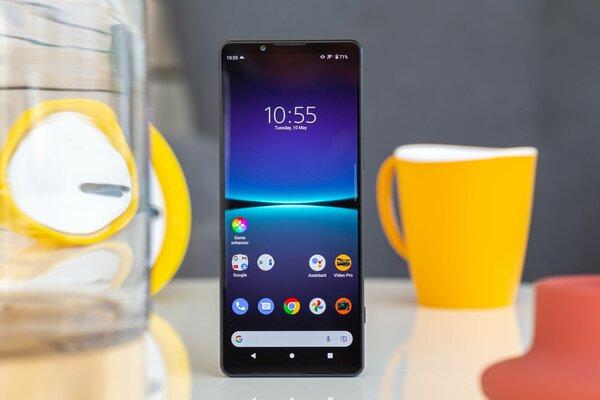
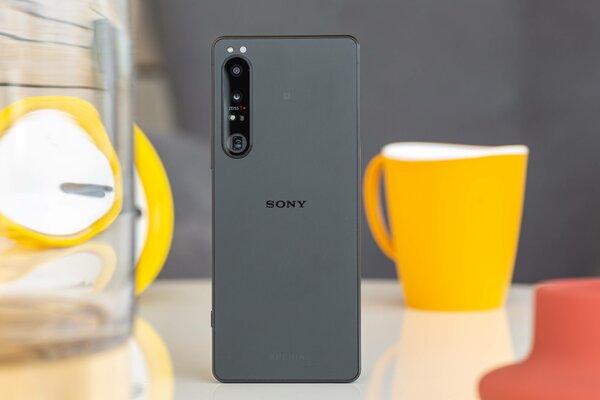
- Display: 6.5″, OLED, 1644×3840, 120 Hz.
- Chipset: Qualcomm Snapdragon 8 Gen 1.
- Memory: 12/256GB, 12/512GB.
- Cameras: 12MP main (f/1.7) + 12MP wide-angle (f/2.2) + 12MP zoom (f/2.3-f/2.8).
The unremarkable Sony flagship, the hallmark of which is an elongated screen with a 21:9 aspect ratio, on which it is convenient to view both news feeds and photo-social networks. On top of that, it’s also the only smartphone in our selection with the powerful Qualcomm Snapdragon 8 Gen 1 chipset. It is complemented by its 4K resolution (1644×3840) screen with no notches and high hertz, great cameras, 5000 mAh battery, and IP65/IP68 level protection. However, there are enough disadvantages too—the processor quickly overheats even in shooting mode, there are software bugs, and the display has not received a dynamic refresh rate.
If you want to save some money without losing much in terms of characteristics, you can look at the predecessor, the Sony Xperia 1 III. The chipset in it is also of the previous generation-Qualcomm Snapdragon 888, the battery is slightly smaller (4500 mAh), and the zoom and selfie camera are not significantly worse.
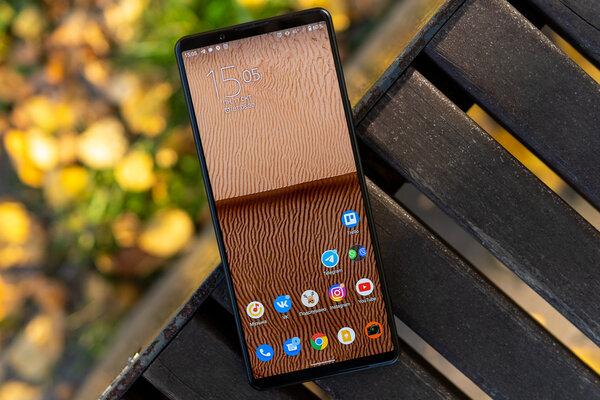
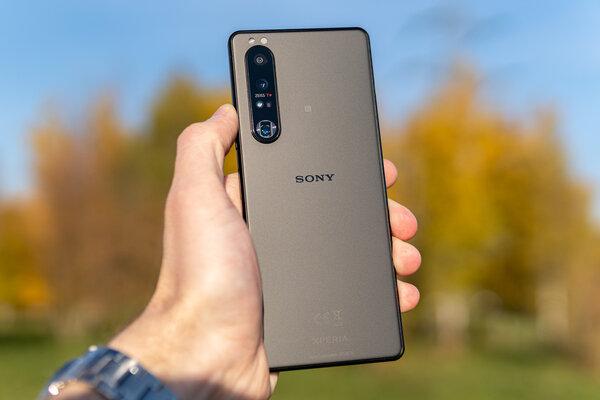
For those looking for an even cooler camera, Sony has prepared an Xperia PRO-I model with an inch (!) sensor.
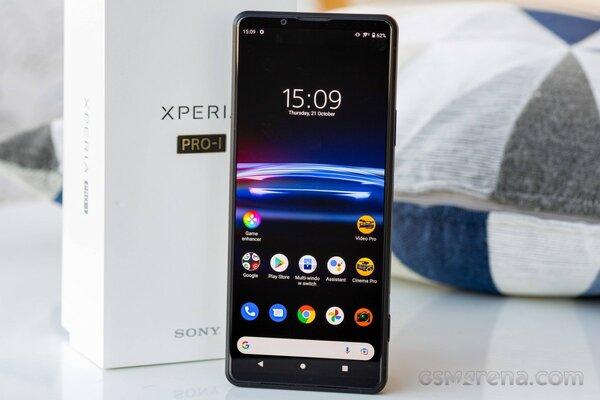
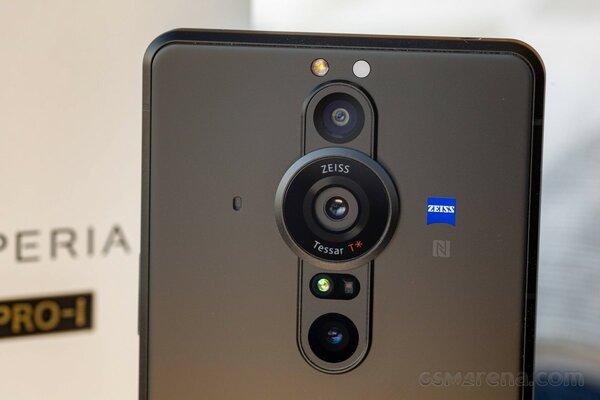
Xiaomi Black Shark 4 Pro
From $549
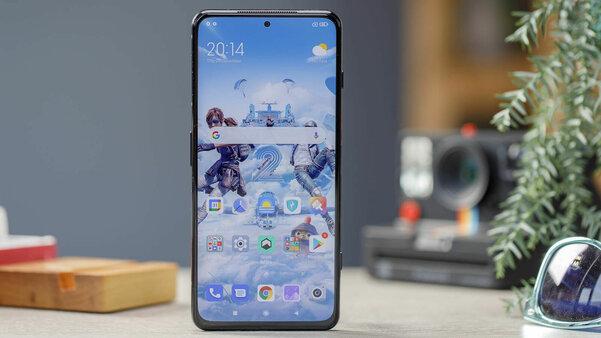
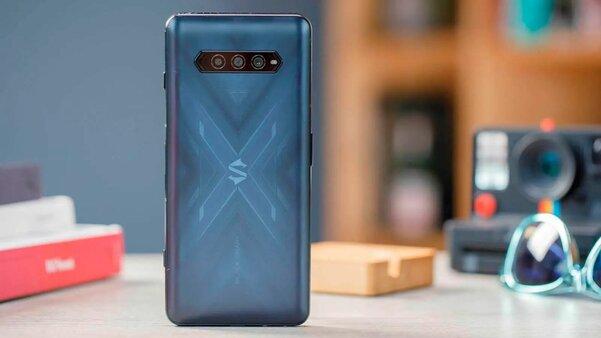
- Display: 6.67″, AMOLED, 1080×2400, 144 Hz.
- Chipset: Qualcomm Snapdragon 888.
- Memory: 8/128, 8/256, 12/256, 16/512GB.
- Cameras: main 64MP (f/1.8) + wide-angle 8MP (f/2.2) + macro 5MP (f/2.4).
Another gamer smartphone, now from Xiaomi’s gaming division. There is no additional USB Type-C connector like in the ASUS ROG Phone 5, but there are mechanical triggers hidden in the case. Otherwise, this is a true flagship: Qualcomm Snapdragon 888 with a good cooling system that prevents significant heating, fast memory, a display with a 144Hz refresh rate, 120W fast charging (less than 25 minutes from 0% to 100% with a capacity of 4500 mAh), and a full set of wireless modules. It is possible to complain only about the average quality of the camera, but for a gaming smartphone it is probably not so important.
It is worth paying attention to its younger brother, the Xiaomi Black Shark 4, without the “Pro” index. The main differences are the Snapdragon 870, the 48 MP main camera, other memory configurations (for example, 6/128 GB and 12/128 GB versions are available, but there is no 16/512 GB version), and a slightly increased battery (4800 mAh).
Sony Xperia 5 III
From $602
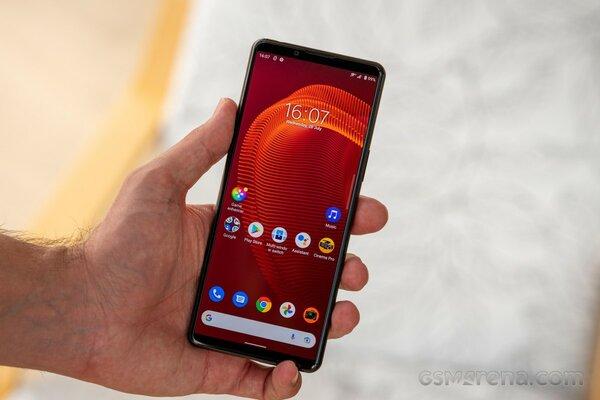
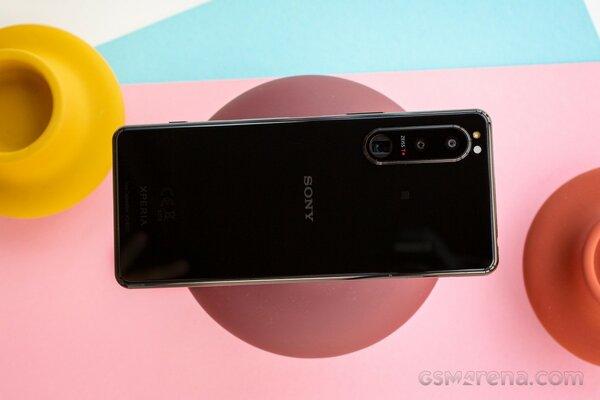
- Display: 6.1″, OLED, 1080×2520, 120 Hz.
- Chipset: Qualcomm Snapdragon 888.
- Memory: 8/128GB, 8/256GB.
- Cameras: 12MP (f/1.7) + 12MP wide-angle (f/2.2) + 12MP zoom (f/2.3-f/2.8).
Also a Sony flagship, but slightly smaller. The screen of the Xperia 5 III is not much larger than that of the compact ASUS Zenfone 8 (6.1″ versus 5.9″), but its aspect ratio is the trademark 21:9, which means it is even more comfortable to hold. In other features, it’s almost a complete copy of the Xperia 1 III. Even the battery is the same capacity (4500 mAh). The smartphone got rid of the ToF-module in the camera unit and was reduced to 8 GB of RAM. In addition to the audio jack, there is such a “dinosaur” as a microSD card slot. The phone boasts decent performance and good battery life, but is prone to overheating.
Xiaomi POCO X3 Pro
From $260

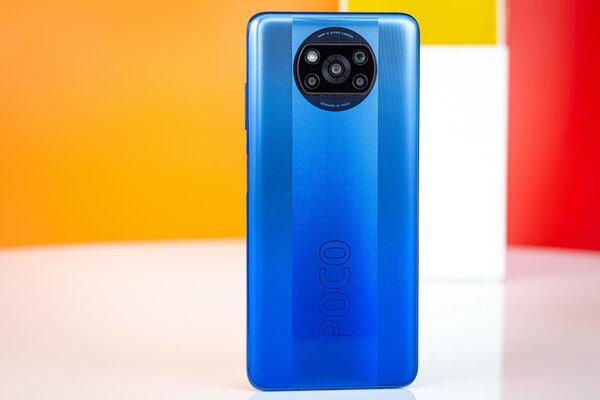
- Display: 6.67″, IPS, 1080×2400, 120 Hz.
- Chipset: Qualcomm Snapdragon 860.
- Memory: 6/128, 8/128, 6/256, 8/256GB.
- Cameras: 48MP (f/1.8) primary + 8MP (f/2.2) wide-angle + 2MP (f/2.4) macro + 2MP (f/2.4) depth sensor.
A successful upgrade of the already hit POCO X3-instead of the Qualcomm Snapdragon 732G smartphone, which received the flagship Snapdragon 860, he slightly overclocked the RAM and increased the built-in memory. On the other hand, the main camera got slightly worse. In general, the specifications are very good—a huge 5160 mAh battery (due to which the smartphone, so to speak, feels in the hand), fast charging, stereo speakers, an IR port, and NFC. Among other things, it is also the only device in our selection with an IPS-screen, while the refresh rate is the same as the competitors with OLED-displays—120 Hz.
Xiaomi Redmi Note 11 Pro+ 5G
From $321
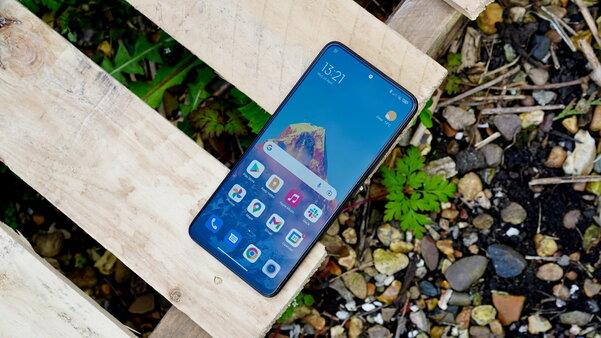
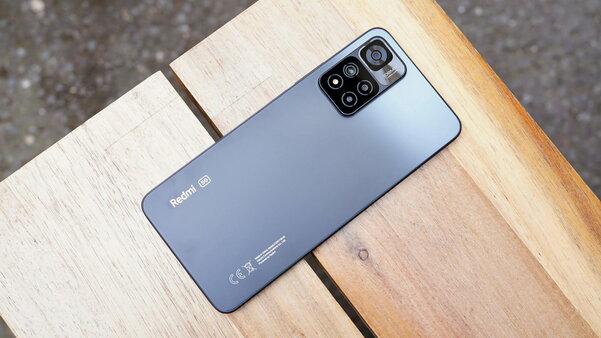
- Display: 6.67″, AMOLED, 1080×2400, 120 Hz.
- Chipset: MediaTek Dimensity 920.
- Memory: 6/128, 8/128, 8/256GB.
- Cameras: main 108MP (f/1.9) + wide-angle 8MP (f/2.2) + macro 2MP (f/2.4).
The Redmi Note is probably the most popular and certainly the most numerous device in the Xiaomi lineup, and this is its flagship device. The feature set is really impressive (especially for its price): a productive and cool chipset, super-fast 120W charging, JBL-tuned stereo speakers, IP53 water and dust protection, NFC, and a trendy design with flat edges. The cameras are a bit bumpy, but they are still “above average”.
Photo credits: GSMArena.
